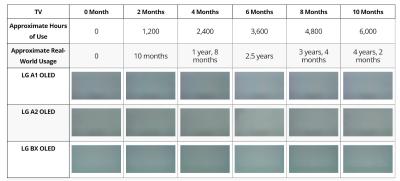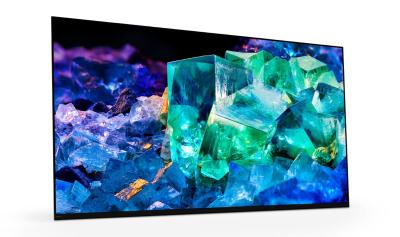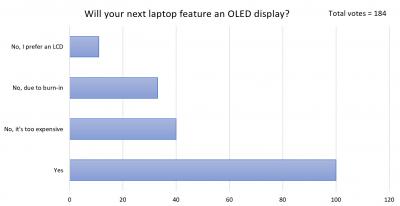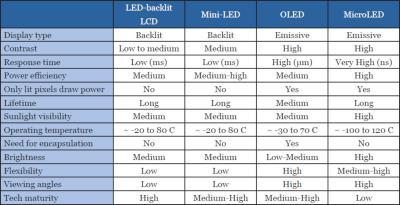Rtings.com posts the results of its 10-month OLED and LCD display longevity tests
RTINGS.com posted an interesting article, detailing the results of their long-term (10-months) longevity tests on several OLED and LCD TVs and monitors. The test is simple - display a CNN feed constantly, and checking what happens. Note that CNN changed their logo a bit a few months into the test, but the team did not make any changes to the test itself.
As is expected, OLED monitors and TVs suffer from image retention problems, and the CNN logo is visible in some of these panels, when showing a gray screen. Some TVs suffer more than others.









